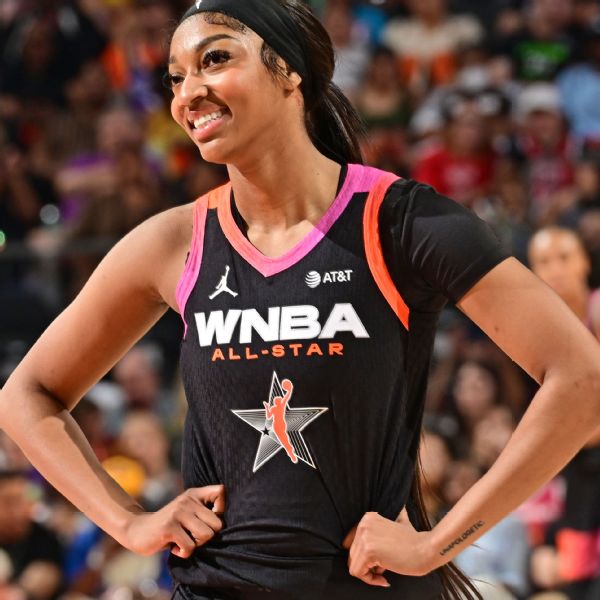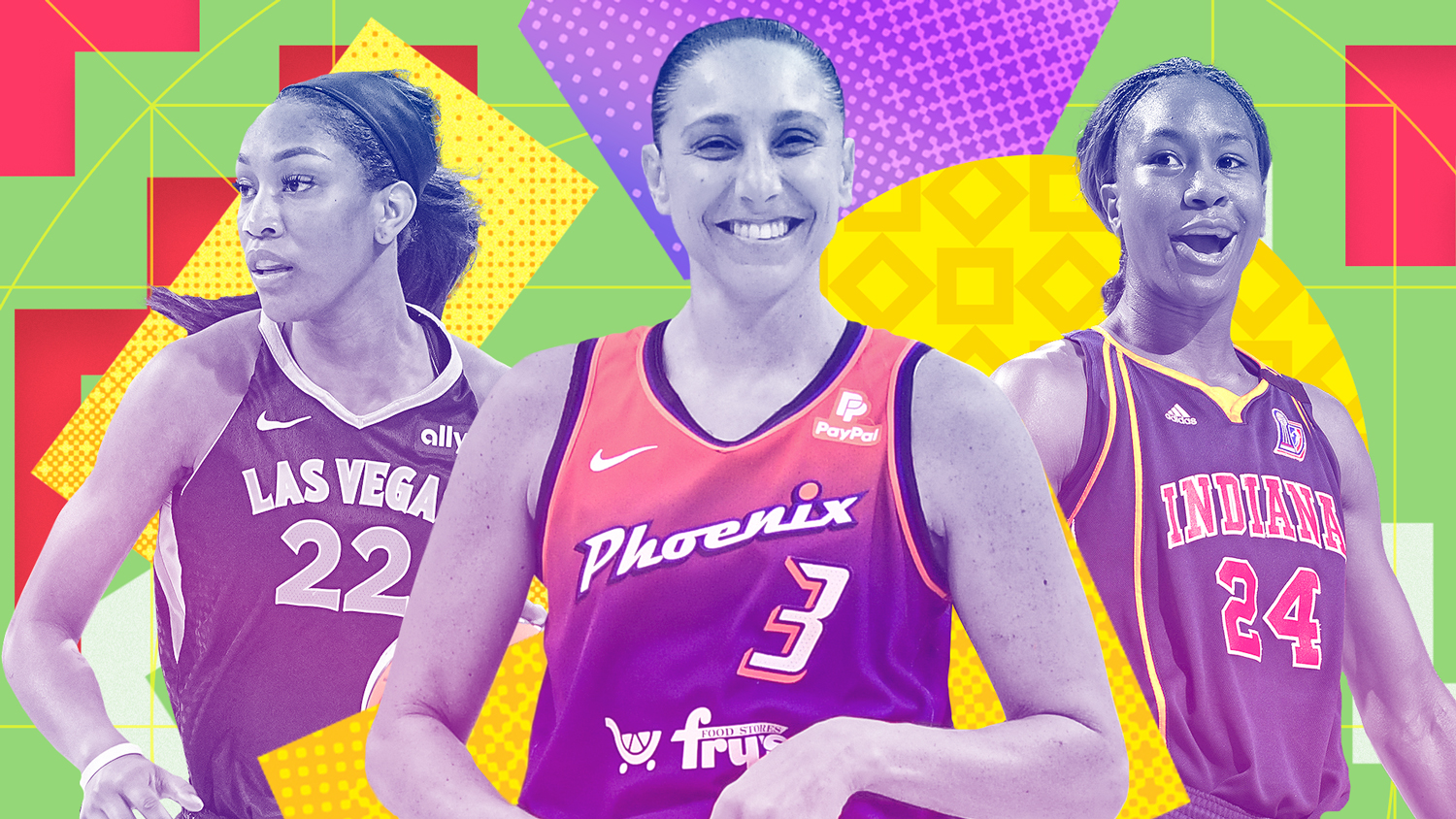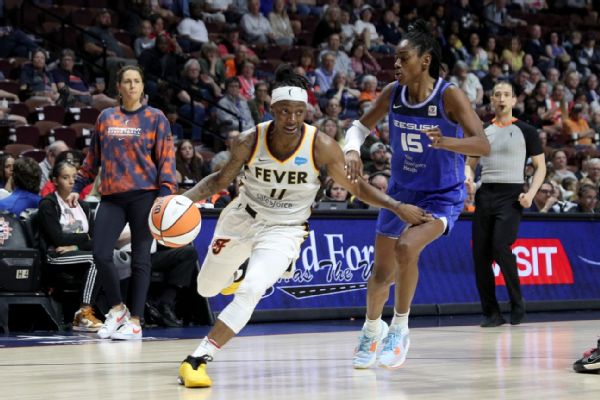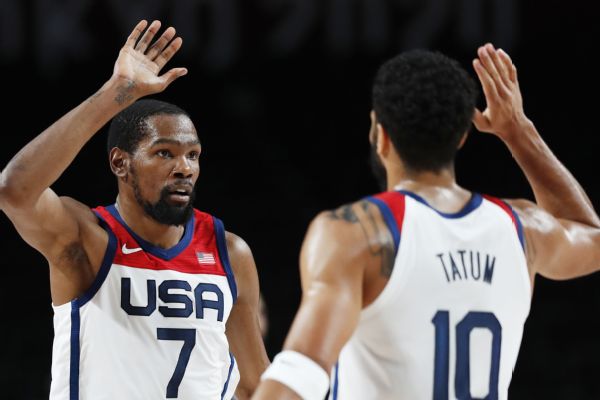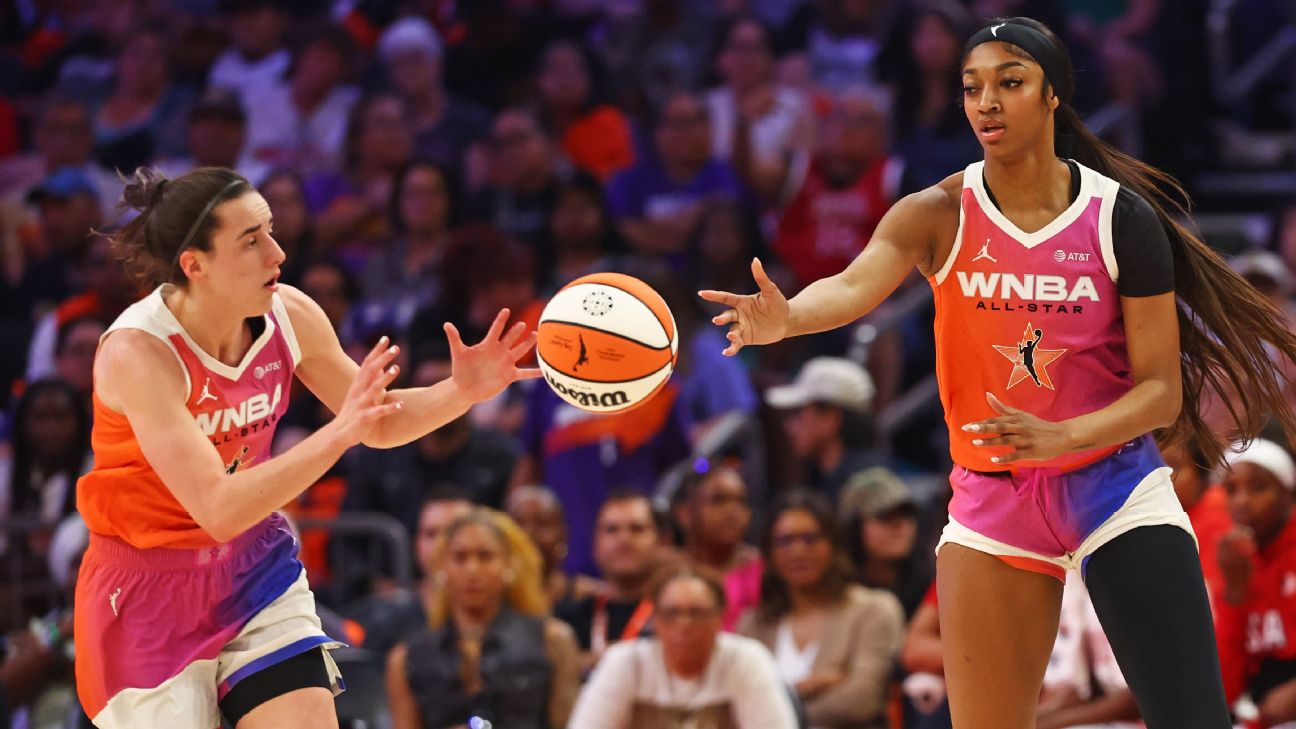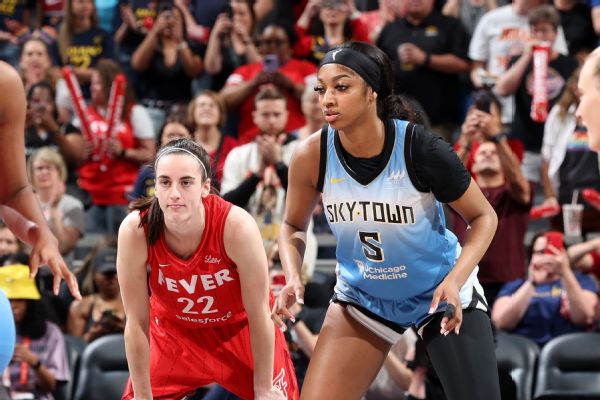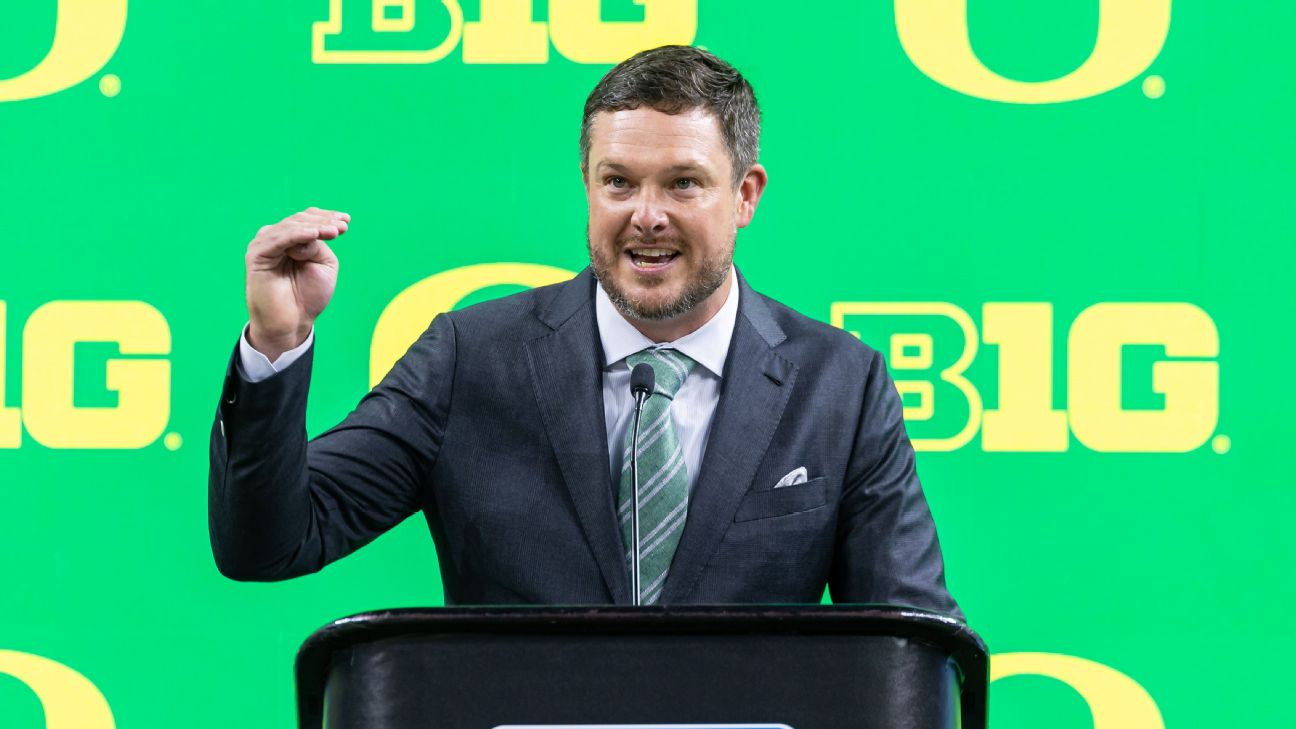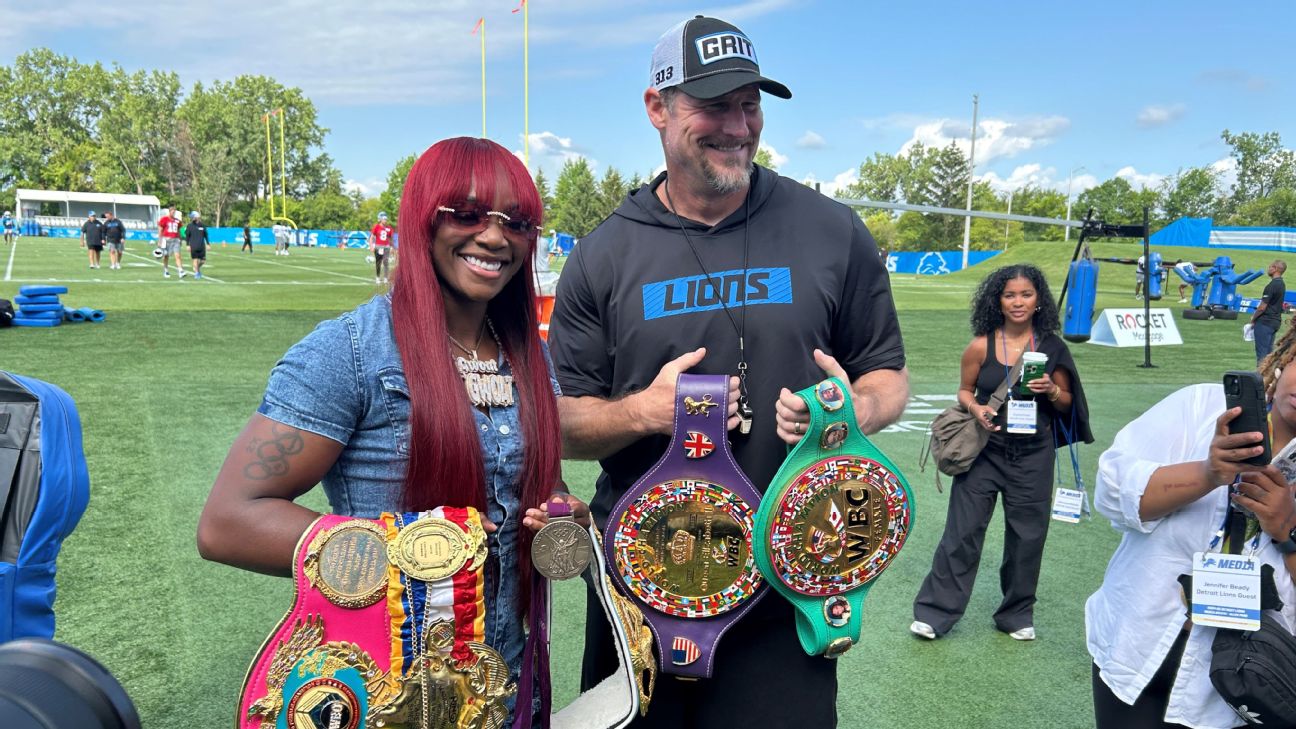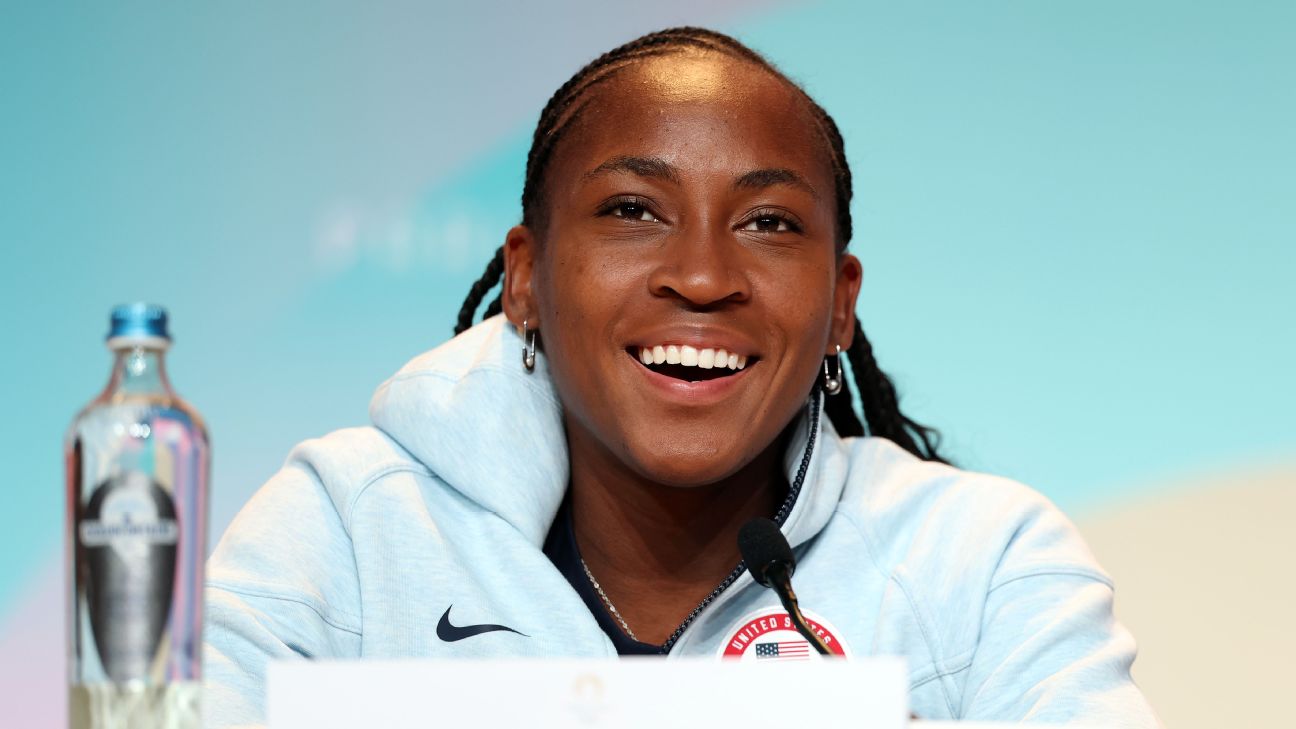![Buffalo Bills wide receiver Stefon Diggs reacts to fans before an NFL football game against the Miami Dolphins, Sunday, Jan. 7, 2024, in Miami Gardens, Fla. [608x342]](https://a.espncdn.com/photo/2024/0403/r1313677_608x342_16-9.jpg)
Healthy Dobbins Still can be one of best RBs
On Wednesday morning, the Buffalo Bills traded star wide receiver Stefon Diggs to the Houston Texans for a 2025 second-round pick (via the Minnesota Vikings). Houston also received a 2024 sixth-round pick and 2025 fifth-round pick in the deal.
The 30-year-old star receiver joins second-year quarterback C.J. Stroud and pass-catchers Nico Collins, Tank Dell and Dalton Schultz in Houston. But is the move worth it for the Texans? And does it make any sense for the Bills to move on? Seth Walder dove into the deal and handed out grades for each team, factoring in on-field impact, overall value for each side, the salary cap situations and context of each team's short- and long-term outlooks. Plus, Matt Miller spun the trade forward to this month's draft and what it means for each team. Let's get to it.
See more grades from NFL free agency (ESPN+)
Grading the Texans-Bills trade for DiggsThe odd thing about this deal is that situationally, the Bills sure need Diggs more than the Texans. Houston now has a plethora of riches at receiver, given that it already had an exceptional duo in Collins and Dell. They both ranked in the top 10 in overall score in ESPN's receiver tracking metrics last season.
Buffalo could not be in a more different place. After dealing Diggs (and letting Gabe Davis sign in Jacksonville), the team's top wide receivers are Curtis Samuel, Khalil Shakir and Mack Hollins. Sure, the offseason isn't done, and this year's draft includes an exceptional wide receiver class. But even if the Bills address receiver in the draft, they appear very likely to head into the 2024 season with a question mark at the position. Plus, it's worth noting that the draft capital that Buffalo acquired is for next offseason.
Though Buffalo is turning over some of its roster, its Super Bowl window is absolutely open. The Bills will take on a $31.096 million dead-money cap charge, but this is not overly important. That money is a sunk cost. The Bills will save almost $19 million in Diggs' salary and roster bonuses, though this is less than his market value.
This deal will ultimately hinge on which version of Diggs the Texans get going forward. He started the 2023 campaign on fire, with five 100-yard games over the first six weeks. But then he never had one again over the rest of the season. Diggs' yards per route run dropped from 2.8 in 2022 to 2.2 in 2023. And his advanced metrics took a dive: His receiver tracking metrics overall score -- which was between 72 and 91 every season from 2017-22 -- dropped to 52. That his RTMs open score remained above average (69, a drop from 83 the prior year) mitigates a little of this concern, but any time a 30-year-old receiver has a drop-off in play, we have to consider the possibility that it is just him showing his decline.
The optimistic case for Buffalo? Perhaps it thought Diggs' play was falling off and decided to cash out now rather than wait a year and watch his trade stock drop further. But given Buffalo's team-building situation -- having arguably the second-best quarterback in the NFL without any dangerous wide receivers now -- it's possible the Bills just decided they wanted to move on.
The aforementioned areas of concern in Diggs' numbers and his age (he'll turn 31 in November) are why this is not necessarily a home run for Houston. There are real questions about what caliber of player Diggs is going forward, and the draft capital exchanged wasn't trivial -- though getting back two late-round picks takes a little sting out of it. Still, the Texans are firmly in their rookie-QB Super Bowl window and earn the right to pay Diggs below market value -- perhaps for multiple seasons -- so I certainly understand pushing their chips in. -- Walder
Grade for the Texans: B Grade for the Bills: C+ What does the deal mean for the draft?The Bills are now a near-lock to draft a receiver in the first round. Receiver was already listed as the team's top overall need this offseason on my pre-draft list, and with Diggs gone to Houston, no Bills wide receiver has ever had 1,000 yards or double-digit touchdowns in a season. The interesting scenario to watch is whether the Bills decide to move up in the draft order to attack the position in a very deep class.
The Chicago Bears, for instance, are at No. 9 overall and could be tempted to trade back after using the first-overall selection on a quarterback. Getting to that spot would allow Buffalo a shot at WR3 in this class -- likely Washington's Rome Odunze -- but it would be costly. Trading from No. 28 into the top 10 would probably require next year's first-rounder as part of the deal. That might be offset by the Vikings' 2025 second-rounder received from the Texans in this trade, but it's important to note that while trading up is a fun idea, it'd be expensive.
Meanwhile, the Texans are free to address the draft with a "best player available" mentality with its first choice at No. 42 overall. Defensive tackle would be the team's top need, but after an active free agency period and now this blockbuster trade, they are sitting in great shape overall. -- Miller


